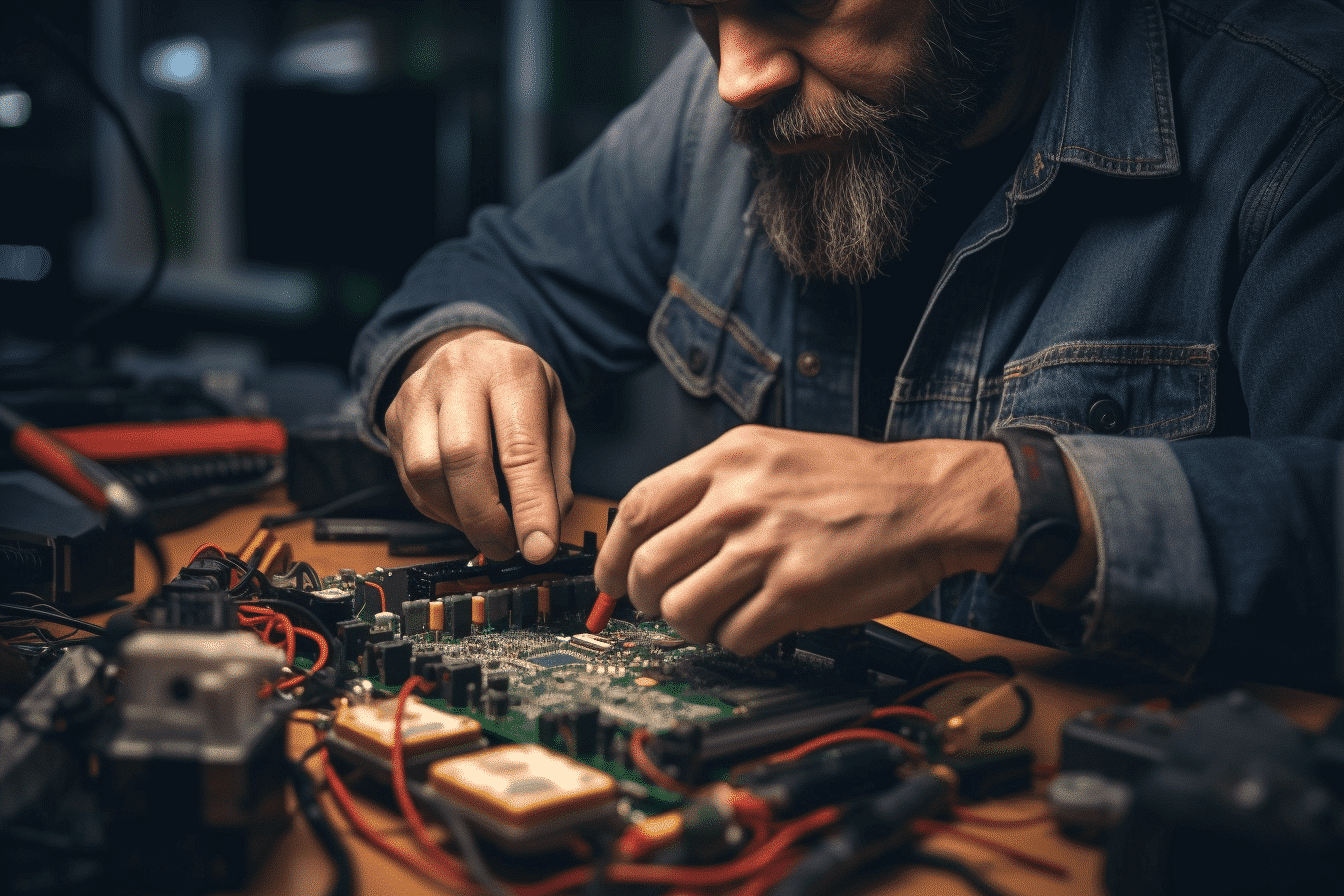The evolution of technology and its subsequent impact on consumer rights is taking a significant turn, with new laws aiming to empower device owners in their quest to repair, rather than replace, their beloved gadgets.
The days of complicated, near-impossible DIY fixes might be behind us, as the industry grapples with a growing right to repair movement.
The Current State of Affairs
Currently, repairing devices and appliances can be a convoluted process. Proprietary tools, error messages, and the recent increase in “parts pairing” – which ties individual components to devices via unique serial numbers – serve as significant barriers to effective repairs.
Many find themselves turning to specialized repair services like Girls Fix It in Pennsylvania, which offers repairs up to 50% cheaper than official outlets like Apple’s Genius Bar. However, the fear of error messages or reduced functionality can deter customers from seeking third-party repairs.
Legislative Changes and Their Impact
Thankfully, lawmakers in both the United States and Europe are taking steps to address these issues. A range of legislation, including the European Parliament’s right to repair law and President Joe Biden’s executive order giving U.S. consumers the right to repair their devices, aims to level the playing field.
These laws will potentially improve the longevity of devices and reduce electronic waste, with many consumers currently opting to replace rather than repair due to the high costs and difficulties associated with the latter.
A Glimpse into the Future
What does this mean for the future of our gadgets? The hope is that these legislative changes will encourage manufacturers to design products that are more repairable and durable, subsequently reducing the environmental impact of technology.
Interchangeable batteries could make a comeback, and modular components might become the norm, allowing for easier and cheaper repairs. In a world where repair stores operate on every street corner, 3D-printed spare parts could become a reality, and repairs could even be subsidized by manufacturers as an environmental incentive.
A Future Defined by Sustainability and Consumer Empowerment
As we move forward into this new era of consumer empowerment, the right to repair movement is set to revolutionize the way we interact with our devices. The combination of consumer-level actions and top-down regulatory changes will hopefully encourage more repairs and fewer replacements, ultimately leading to a greener, more sustainable future.
As we bid farewell to the throwaway culture of today, the future looks bright for both consumers and the environment alike.


